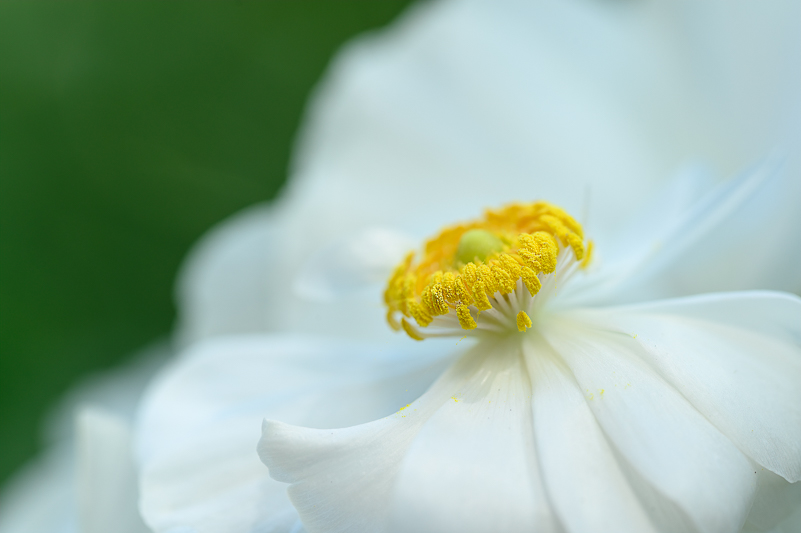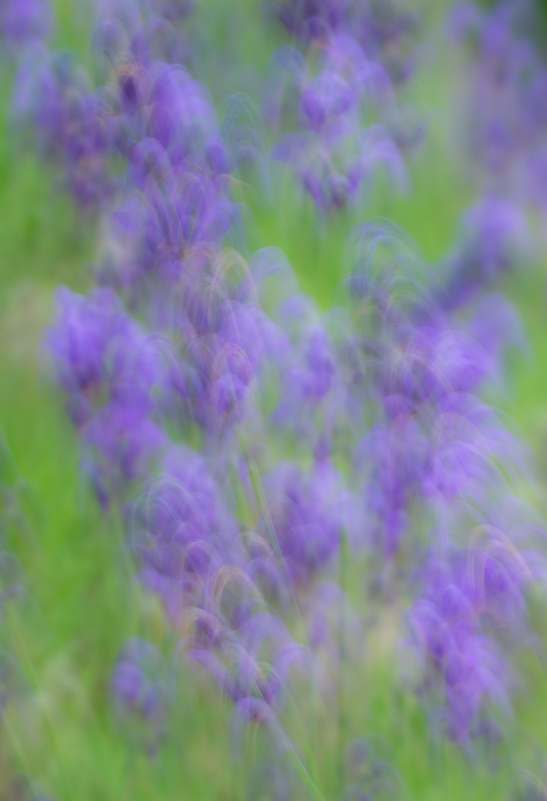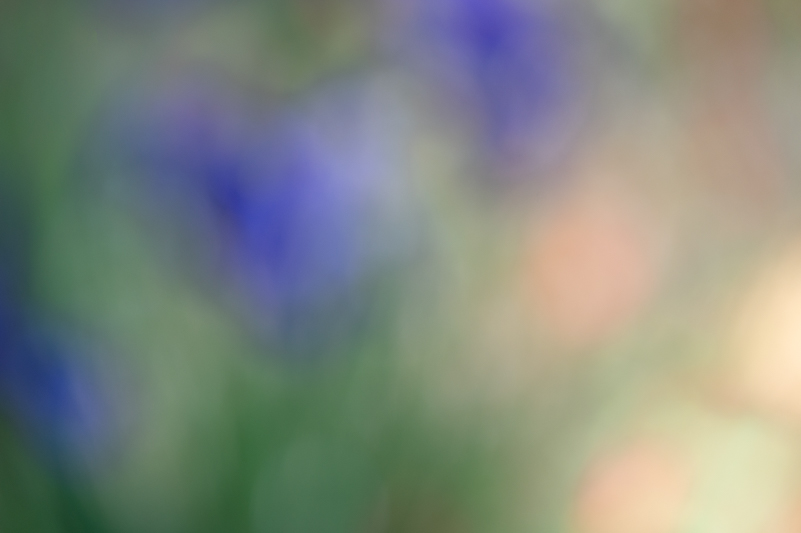It is the set of the sails, not the direction of the wind that determines which way we will go.
–Jim Rohn
Here’s what I know … Every single day, every single moment, we have choices. We have choices in our outlook, attitudes and our behavior. All our choices have consequences, most of which make sense and can be reasonably anticipated. Sometimes, we just need a “Re-Frame.” It involves a conscious awareness and decision, coupled with reflective actions. We can use this reframe in all areas of our lives, including our photography.
What does a “reframe” look like? For me, it includes awareness, patience and gratitude. Call it mindfulness if you wish, it works. Along with the three things mentioned, a reframe includes intention and actions that facilitate positive changes on the inside as well as the outside. And, just so you know, the answer is NOT blowing in the wind. The answer is in YOU.
As I write this, I’m recalling at least three separate and recent photography outings to shoot flowers that gave me challenges in the field. They included rain, bright sun, and most challenging of all, wind. Even now, I look out my back door and see the breezes blowing petals and blooms and my hanging baskets swaying like invisible hands are pushing them around. Here at home, I can manage the wind by cutting flowers or bringing plants inside. The light is a perfect overcast quality, and yet that dang wind just won’t stop. The forecast? Winds – 12-16mph. The winds, on every occasion provide opportunities to reframe my attitude in the field and for the day.
The “cop-out” option is to bail. Cross off “shoot flowers” from my to-do list. It certainly is a choice I can make, but being the stubborn person that I can be, I don’t take the easy way out. I am up for the challenge, even if it is annoying.
Meanwhile, what are some other choices available when we can’t snip our own flowers and bring them inside to shoot? One that takes the most patience is to choose your subject, set up on your tripod and vigilantly wait for that miracle moment of stillness. It can and does happen. You just have to be willing to slow down and wait.
If that doesn’t suit you, try slowing down your shutter speed (lower ISO, smaller aperture) and embrace the winds and movement. If your shutter speed is still too fast to capture the “windfluence,” try adding a neutral density (ND) filter into the mix and opening up your aperture for shallower depth of field. Depending on the light level, you may need to increase the strength of ND. Start with a 3-stop and see what happens. The results will vary, as always, with the speed of the wind and its impact on the particular flowers you include in your composition. A field of flowers will render differently than a small section of blooms or petals. Experiment, play. Yes, put on your happy face, and embrace the wind.
Another option is to consider shooting the blowing flowers to use as textures. Find swaths of color that work well together, zoom in and manually defocus until all you’re seeing is washes of color, textures and designs. When you get these images home, make sure you put them in a folder for textures. For fun, you might name them “windy textures,” reminding yourself that you changed your attitude. You’ll remember how you went from cursing the wind to finding hidden treasures within its wake. Of course, they were there all along. You just have to open your mind to seeing other possibilities.
Multiple exposures are another option for reframing. Most cameras give you the option of shooting at least two frames as one (shame on them) and up to ten frames in camera (hooray for them!). My Nikons have been good to me, and I’m able to do up to ten frames. Every subject is different, so I don’t always max out the frame possibilities. (Just because you can, doesn’t mean you should.) It simply depends on the subject and where I want to go with it. Remember, this includes looking at the technique as another “windy fix.” Placement of each frame may be random as the wind moves things around. If you’ve brought your patience with you, it might be easier to execute the frames as you want them to be. The thing about multiples is that each one is different, so do a bunch. I’ve found that one set is never enough. If you disagree, prepare yourself for an awkward kick in the pants and these words, “I wish I had …” (what?) “done more.”
Creatively speaking, motion blurs or intentional camera movement (ICM) are great ways to shake off the dust, see differently and create images that evoke emotional responses. This is also another way to deal with the wind. I have found that I prefer more time (slower shutter speeds) with the exposures for certain subjects. However, there is no magic number. There’s that favorite response, “it depends” as to what works best. You might start with a shutter speed of 1/4 second, but also try longer ones, even to several seconds. Your movement can be in one direction (up, down, sideways or angular). It can also be a design-maker by using a jiggle/squiggle motion. You can spin the camera (works best with lens that has tripod collar for a consistent spiral) or zoom (in or out) or zoom and spin. Remember that these options are available to you at any time. I’m just giving you options for the wind. The motion blurs allow you to create wonderful abstracts.
Bring it Inside. Okay, when all else fails, and if it’s your garden, and if you can bring yourself to cut the flowers, snip away. The possibilities are endless, and you will have successfully addressed the wind issue entirely. You can do still lifes, macro and close-ups, serious abstracts, lightbox work, you name it.
Wind Stabilizer Options
If it’s allowed where you are (in the field or at home, or in someone else’s garden), you can always make use of holders such as the Wimberley Plamp or the Macro FlowerPod by Les Saucier. Be forewarned, using these will not be appreciated in public gardens, so refrain. Both of these options offer opportunities for you to address several movement issues related to wind, but also opportunities for you to hold your flowers in place against better backgrounds. You can also use them to hold a small diffuser or reflector or light background, but if you’re dealing with wind, good luck with that. And, while you can fix most everything in post, try not to get them in your frame. I’ve had and have used both of these for years, and they definitely come in handy.
Beyond the Field to Interpretation
Now that you have some alternatives in the field for flower and wind issues, I can’t leave you thinking that these options are all there is. Think creatively in terms of how you process your images (all of them, not just the wind-driven ones). As much as we’d love to say that all our images are sharp where they need to be, perfectly composed and exposed, we all know that this is not always the case. We have plenty of options for interpreting our images. For me, this is the rest of the story, the final step in creating an image that matches my vision.
Think about it – have an image from a windy day that is wonderful (to you) in all areas except that it is softer than you’d like? Be creative. Consider those textures you’ve created because of the wind or make use of others. Software such as Topaz Studio 2 includes textures and allow artistic interpretations with Impression and other features (save 15% with link & “NLP15” promo code). The Nik Collection by DxO also offers wonderful options for reinterpreting your “windy” image. Consider working in Photoshop and blending images, creating multiples in post, or emphasizing the softness. Of course, if you’re working images for competition, these interpretive effects may not fall within the “rules.” So, choose others for following the rules. Make your own and break them under any other circumstance.
Remember, these are your images. Interpret them as you like, not as you think or hope others will. Wind or no wind, spread your wings and fly into your own creative zone. Enjoy it, share it, and keep on learning and playing. And, don’t forget to reframe when you need to.

























